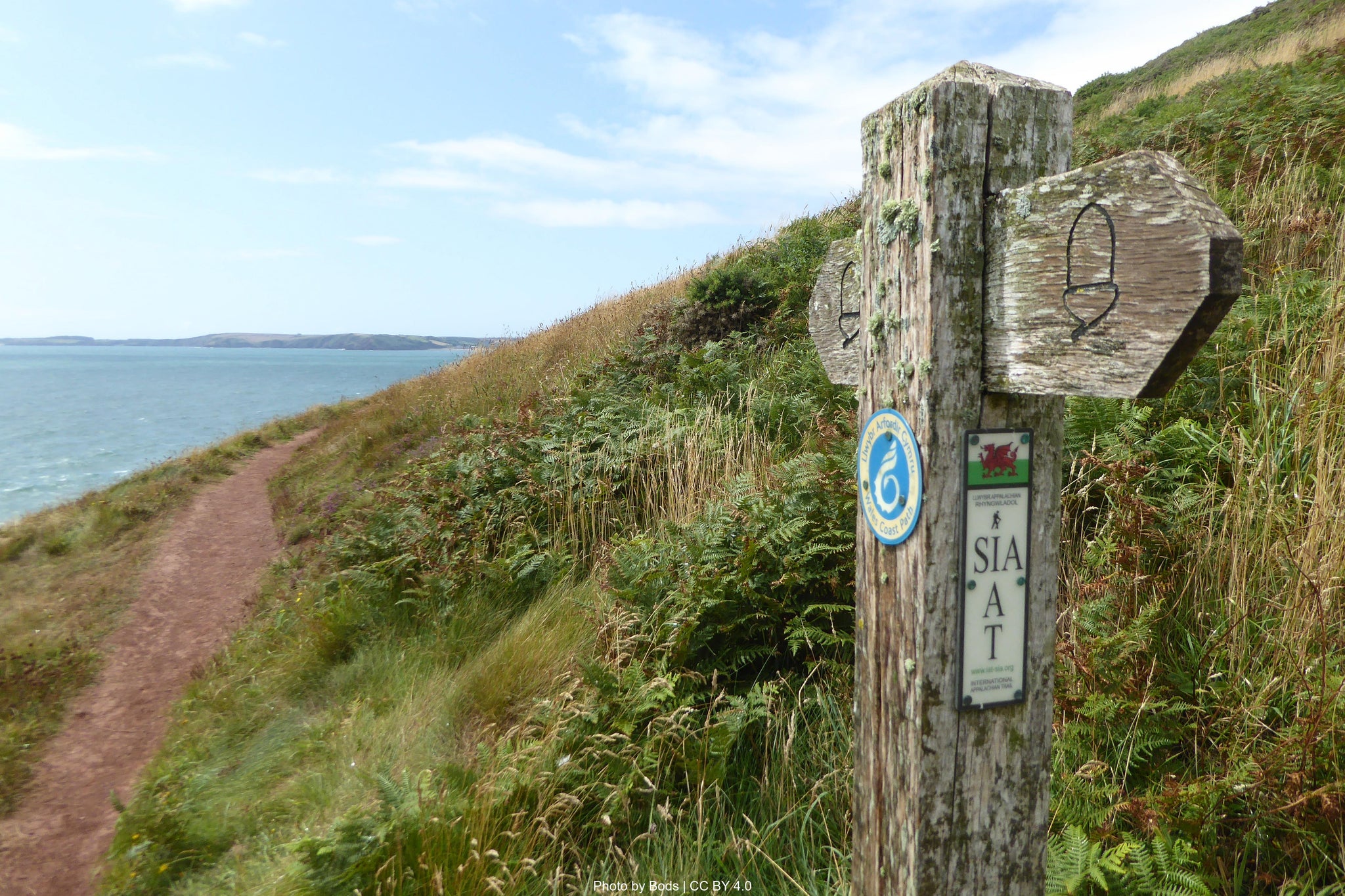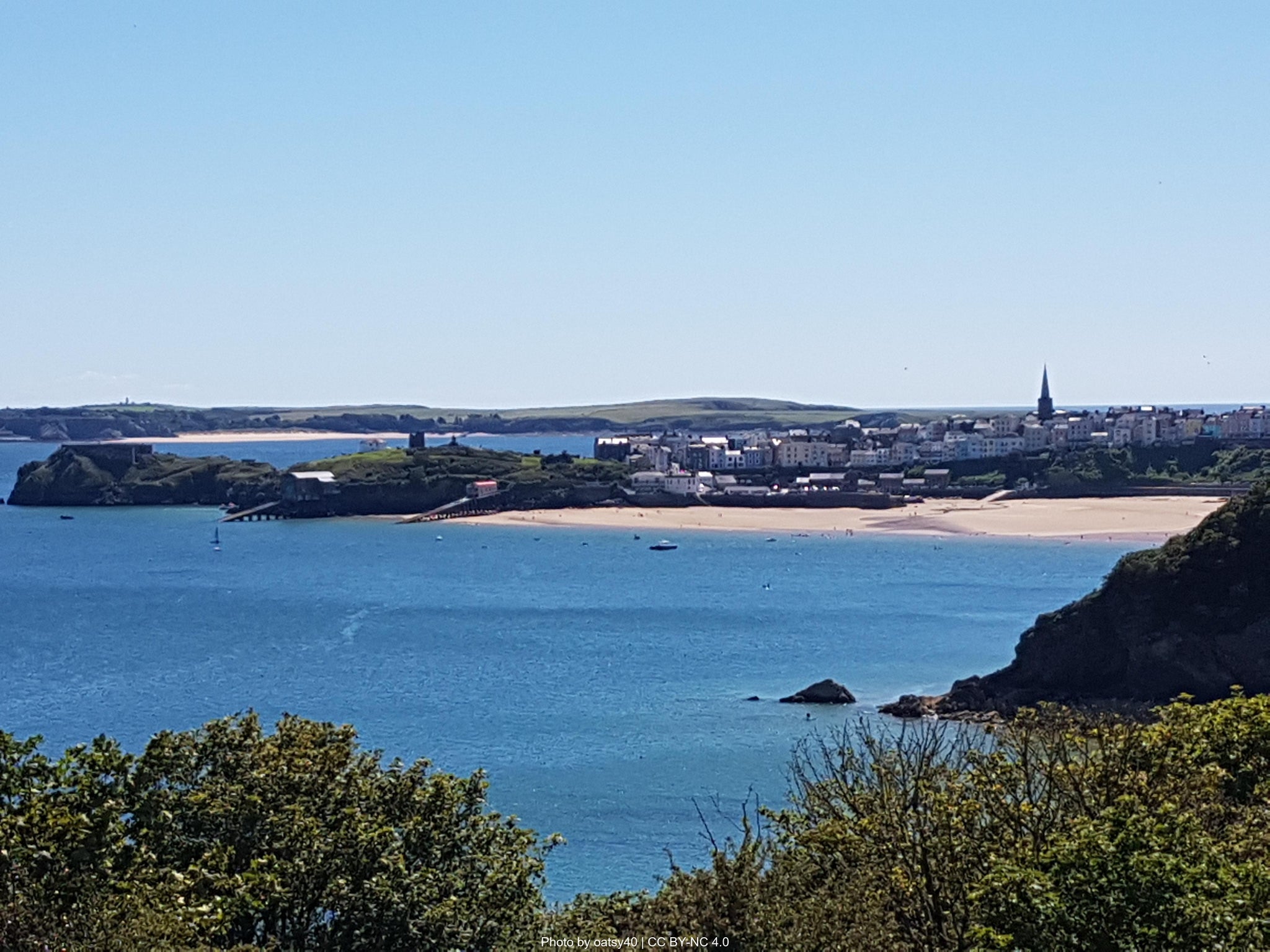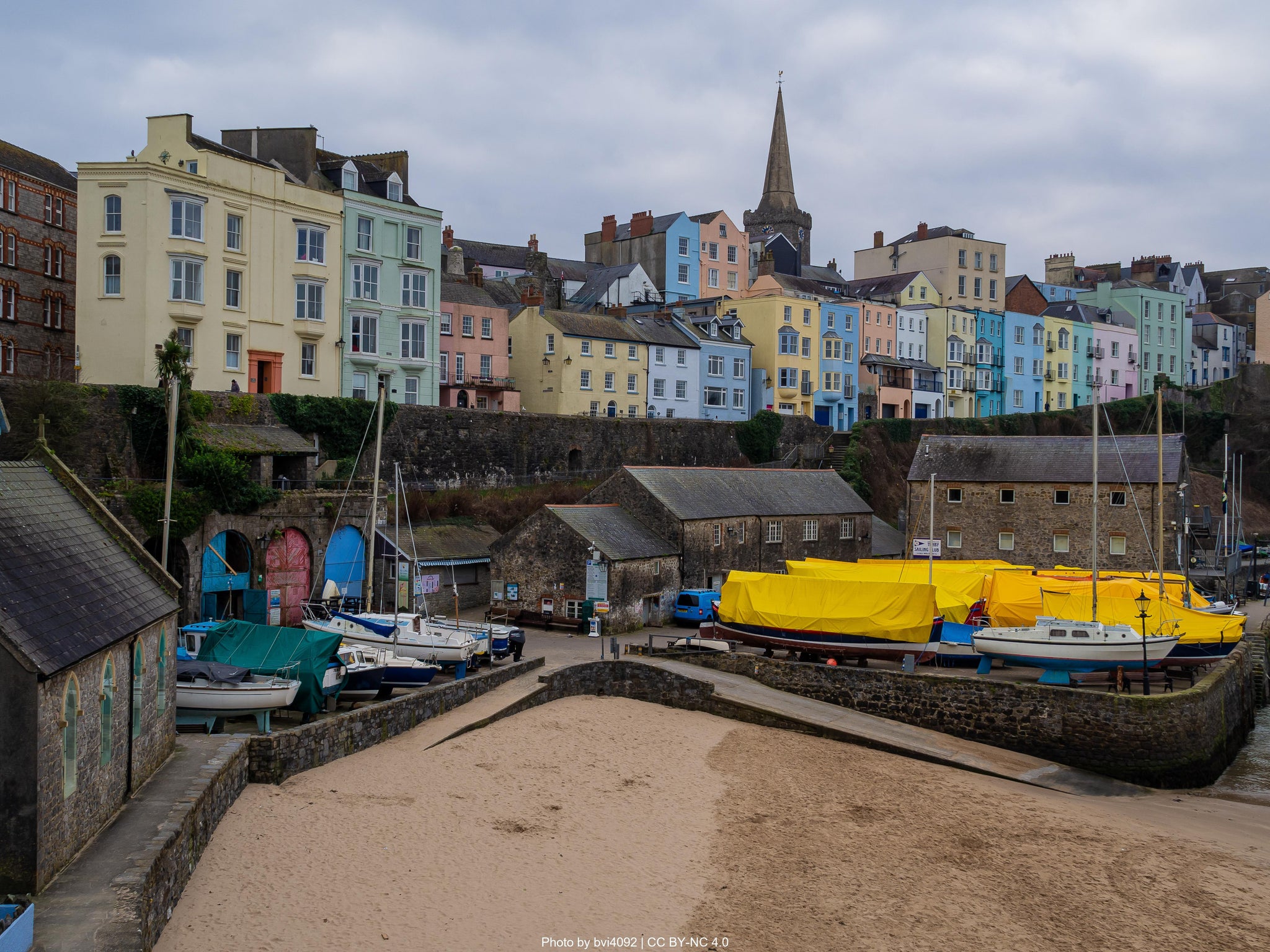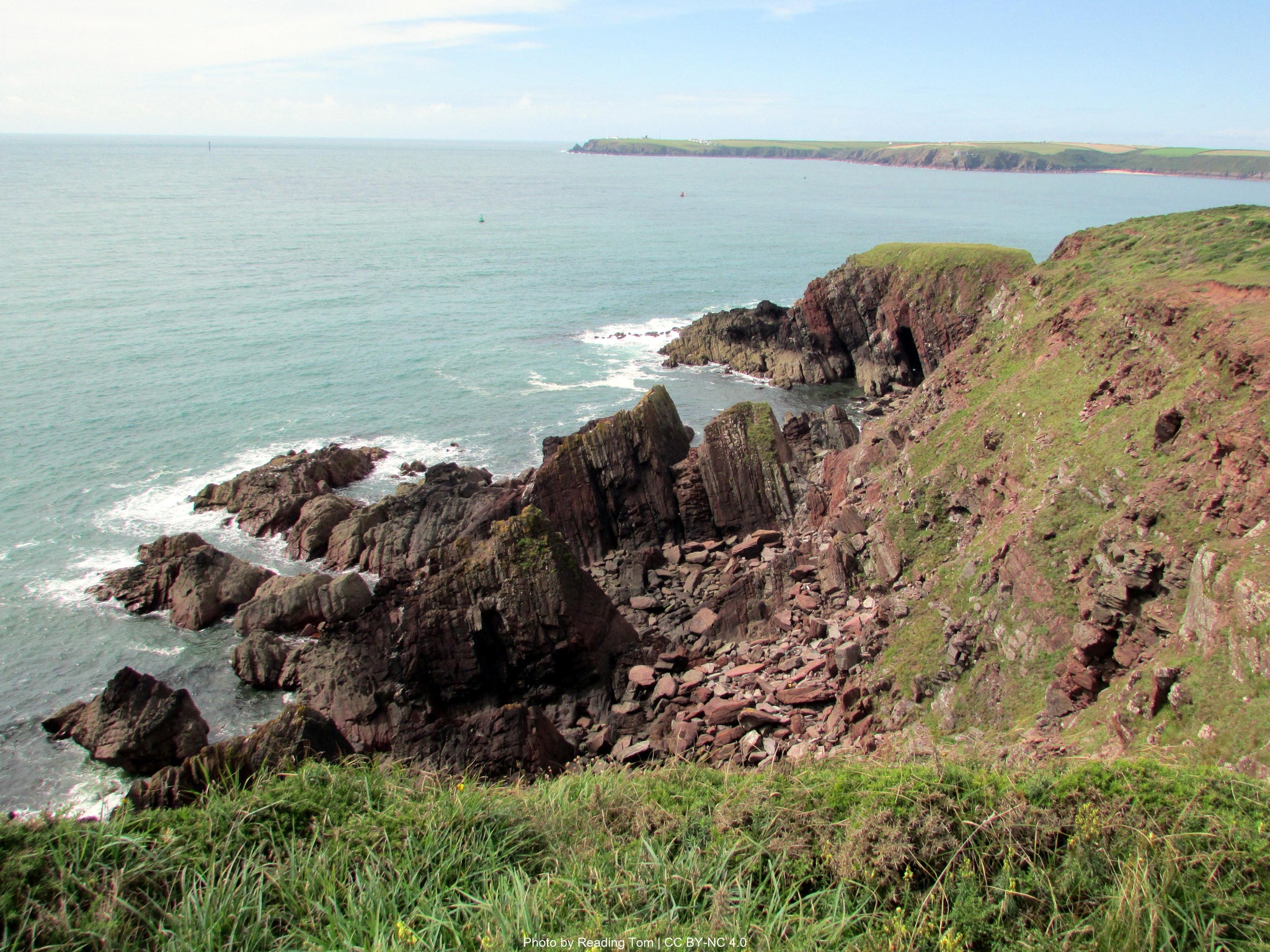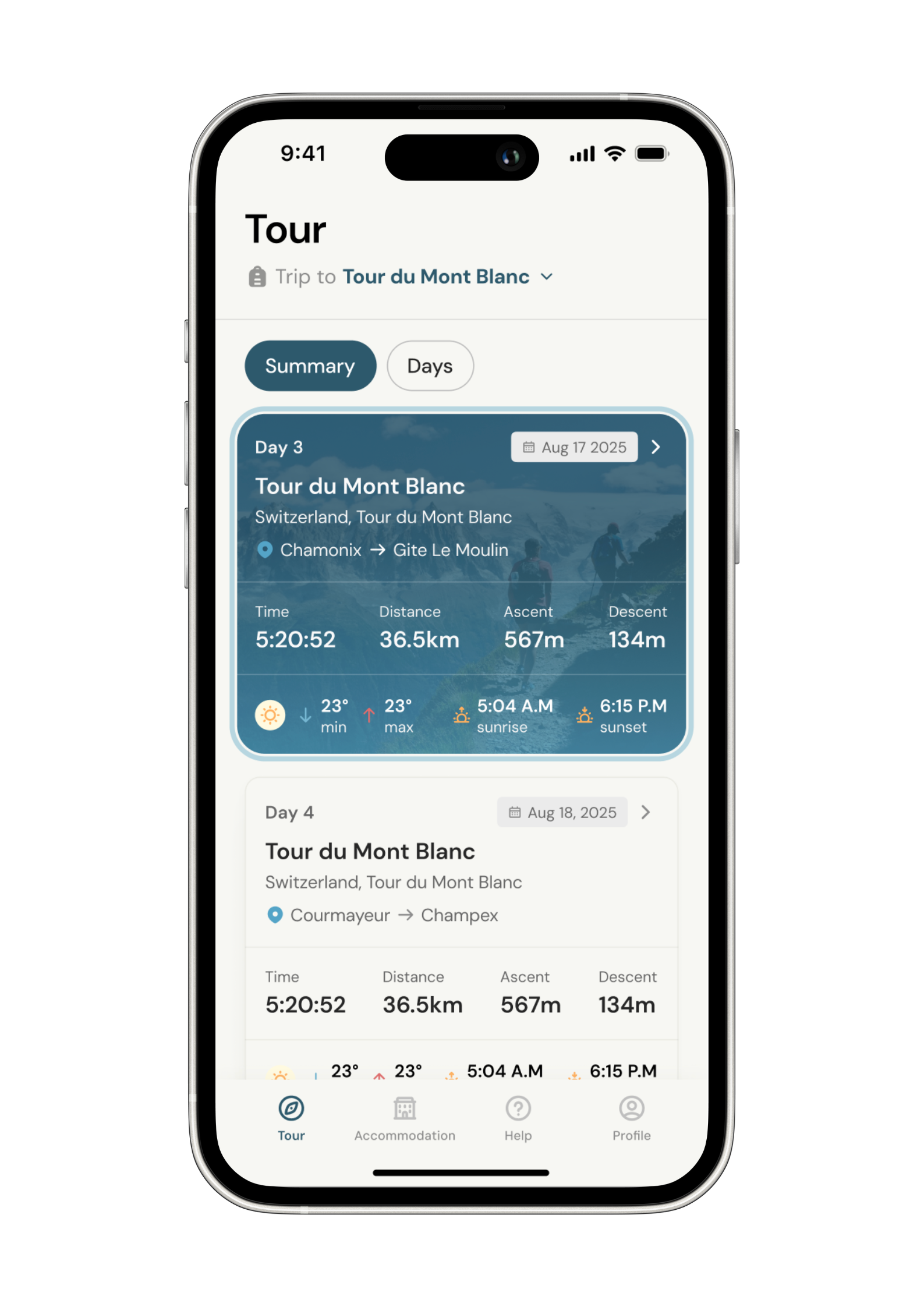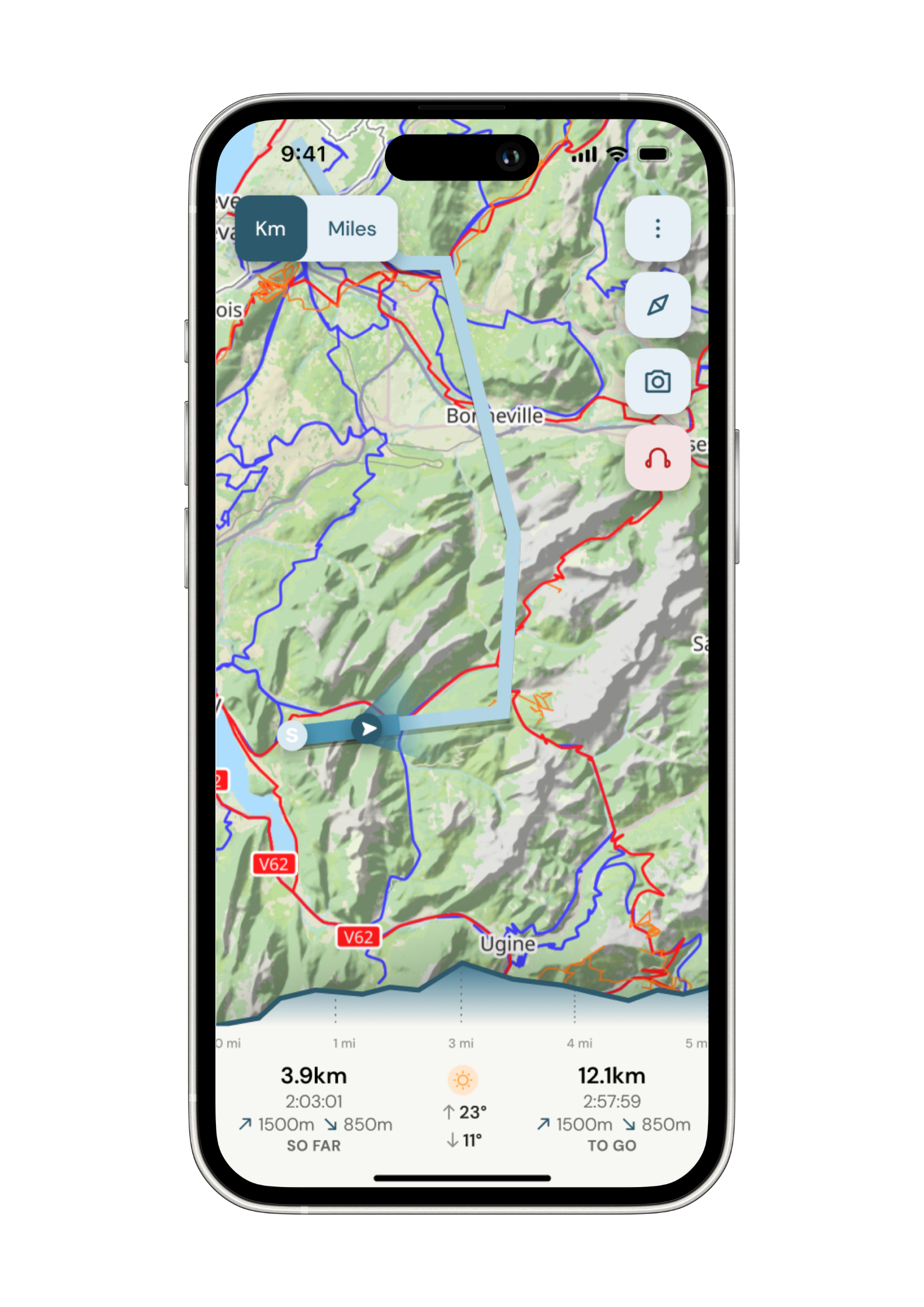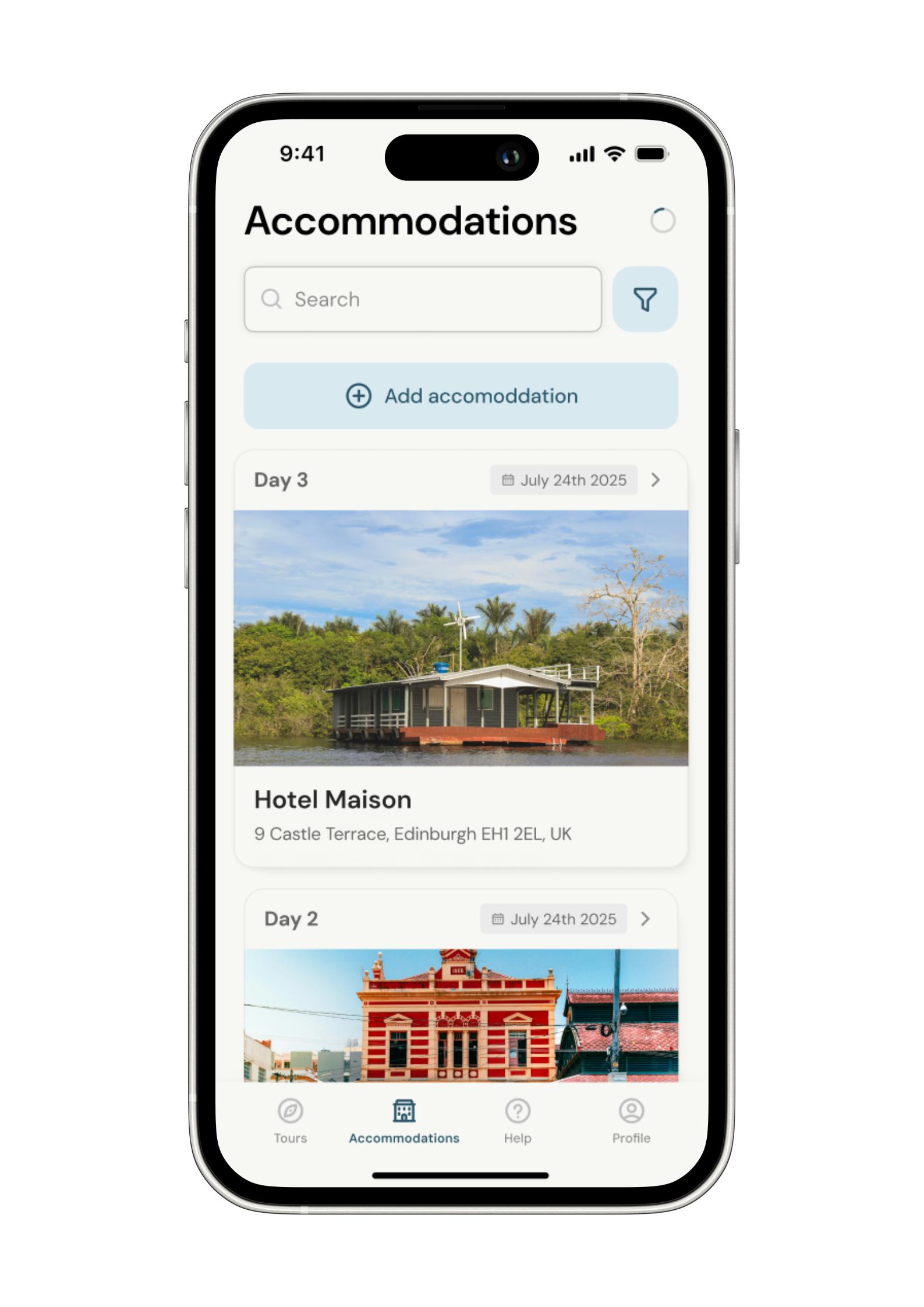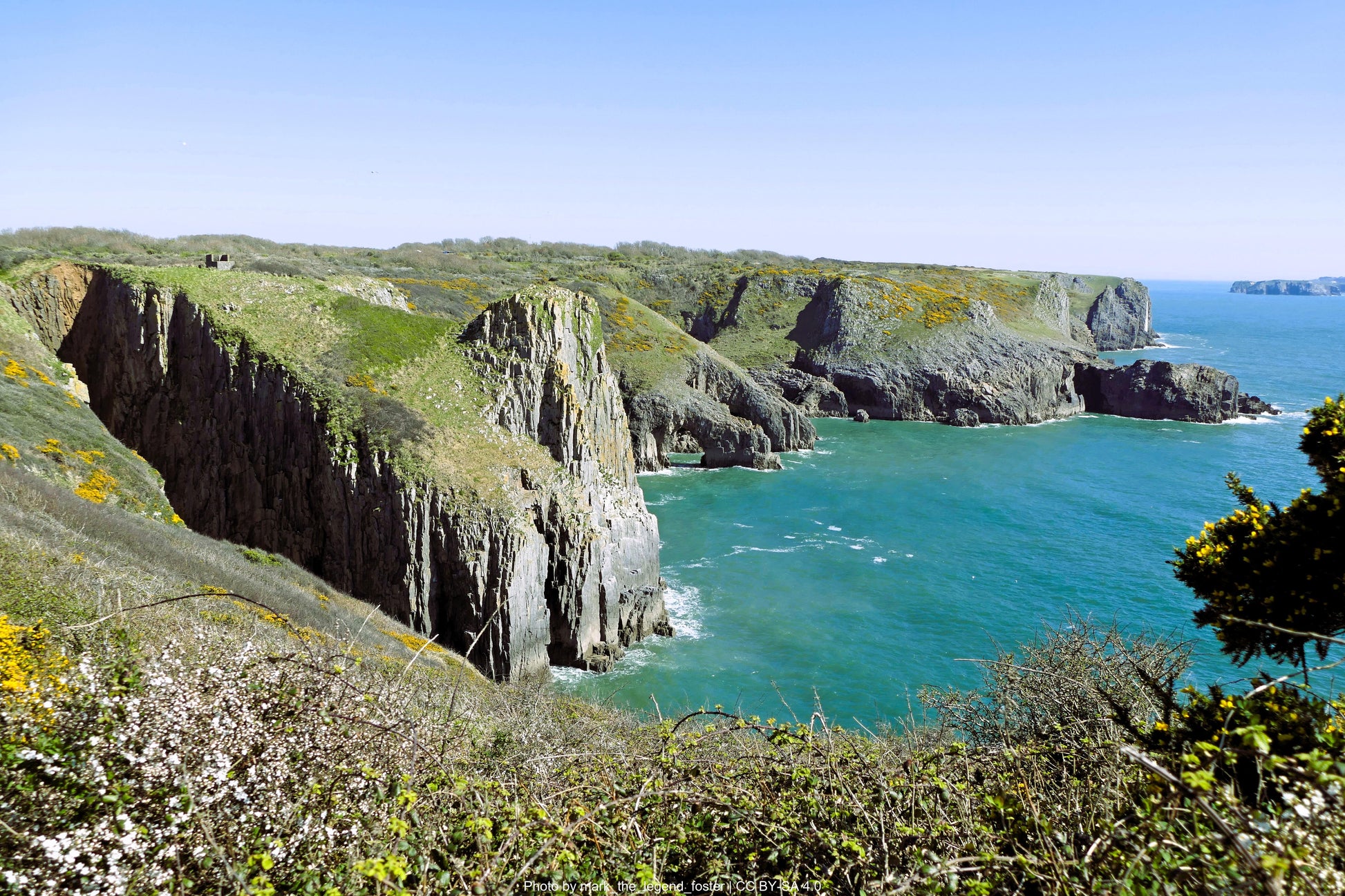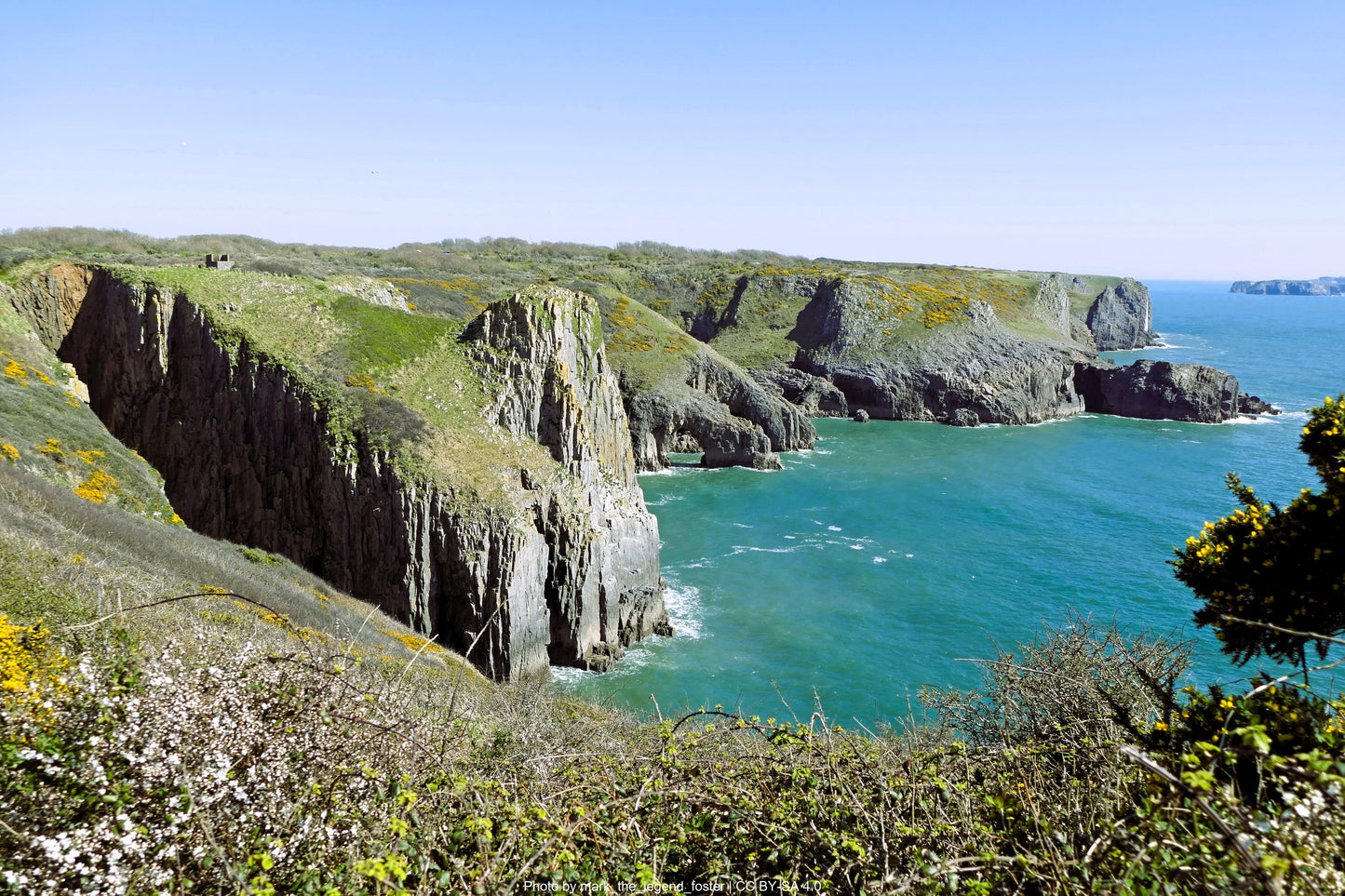No video has been set for this product.
Pembrokeshire Coast Path Stage 1: Amroth to Pembroke Overview
- Steep limestone cliffs and red sandstone bays
- Charming seaside towns like Tenby and Manorbier
- Wales's best coastal walking
The Amroth to Pembroke section of the Pembrokeshire Coast Path is a breathtaking 25-mile stretch that showcases the wild beauty and rich heritage of South Wales. Renowned for its dramatic cliffs, golden beaches, and historic landmarks, this segment is a favorite among hikers for its diverse landscapes and immersive coastal experience. Starting in the charming village of Amroth, the trail winds west through rugged headlands, secluded coves, and sweeping estuaries before reaching the medieva... Read more
| Hilliness | |
| Start Point | Amroth |
| End Point | Pembroke |
| Activity Type | Walking, Hiking, Trail Running |
| Distance | 83km | 51 miles |
| Ascent | 1,147m | 1,147m |
| When to go | May to September |
| Baggage Transfer | Yes |
Custom Adventure Plan: £69.00
Book Now
Not ready to book?
Call us on 0131 560 2740
or enquire by email
What's included?
-
Custom Adventure Plan
-
Accommodation options for you
-
Door‑to‑door GPX in our app
-
On‑trail support
-
Share with up to four people
Sample Itinerary
Here's what's on the trail. We'll split the stages to each day just right for your pace.
The Pembrokeshire Coast Path begins at Amroth’s pebble beach, climbing steeply to reveal sweeping coastal views. It passes Wiseman’s Bridge—a D-Day rehearsal site—before following a historic 835 tramway through cliff tunnels to Saundersfoot, a former coal port with a picturesque harbour. Leaving Saundersfoot, the trail ascends through Rhode Wood (home to red squirrels) and Swallow Tree Bay, where a bench commemorates the path’s 1970 opening. After passing Waterwynch Bay’s towering cliffs, it descends into Tenby, a medieval resort with golden beaches, castle ruins, and vibrant amenities. Beyond Tenby, the route traces South Beach’s dunes to Giltar Point, then winds along limestone cliffs to Lydstep Haven, a sheltered bay with views of Caldey Island. The dramatic headland—owned by the National Trust—reveals tidal caves at low water. This section blends history, wildlife, and rugged beauty, from industrial relics to secluded coves, offering a quintessential taste of Wales’ coastal magic.
Leaving Lydstep Haven, the path climbs through woodlands to Lydstep Point with views extending to Lundy Island. It passes deep ravines before reaching Skrinkle Haven's dramatic limestone arches and hidden coves, accessible via steep steps. The route continues past military land to Manorbier Bay, dominated by its Norman castle and the ancient King's Quoit burial chamber. Manorbier village offers basic amenities before the path continues eastward along red sandstone cliffs to secluded Swanlake Bay, once frequented by smugglers. The trail climbs to West Moor Clifftop before descending to Freshwater East's sandy beach, backed by glow worm-filled dunes. Nearby pubs provide refreshments. From here, the path ascends Trewent Point's limestone cliffs, passing hidden coves to reach Stackpole Quay's charming harbor with its tea room. Just beyond lies Barafundle Bay, often called Britain's most beautiful beach, followed by Broad Haven South with its iconic Church Rock. The final stretch passes through the Stackpole Estate's famous lily ponds, created in the 18th century and teeming with wildlife, before reaching Bosherston village with its pub and cafe. This section blends stunning geology, hidden beaches, and rich history.
The Bosherston to Angle section requires carrying supplies as facilities are scarce. The Coastal Cruiser bus (route 388) offers bypass options with stops at key points. From Bosherston, the inland trail follows the Castlemartin Range perimeter on MOD-maintained tracks, passing through checkpoints with potential military activity audible. The route offers open views across the range before reaching Freshwater West, a dramatic surfing beach with seasonal amenities. The challenging 5.5km coastal stretch to West Angle Bay features steep climbs and descents past secluded coves and red sandstone cliffs. West Angle Bay provides sheltered swimming and the seasonal Wavecrest Cafe. A short detour leads to Angle village with its pub. The final section passes Thorne Island’s fort and Tudor ruins before ending at Angle’s harbor. This remote segment combines rugged coastal walking with military history and sweeping estuary views.
From Angle village, the trail follows East Angle Bay's wooded shoreline before passing beneath the massive pipelines of Valero Pembroke Refinery - a striking industrial contrast to the natural surroundings. The path climbs through farmland offering panoramic views of Milford Haven Waterway, then reaches tranquil St. Mary's Church at Pwllcrochan, a 14th-century gem now serving as a nature conservation center. The route continues through rolling countryside to Hundleton village (with its Highgate Inn detour) before descending toward Pembroke. The dramatic silhouette of Pembroke Castle - birthplace of Henry VII - gradually dominates the skyline as walkers approach town. The coastal path concludes at this magnificent Norman fortress, its 24m cylindrical keep standing as a proud finale to the journey. This final section blends industrial heritage with peaceful farmland and medieval history, offering walkers a reflective end to Pembrokeshire's coastal adventure - from secluded bays to towering castles along Wales' spectacular shoreline.
How long will it take?
Everyone has a different approach to trails. Here are our suggested times for the Pembrokeshire Coast Path Stage 1: Amroth to Pembroke for different types of adventurers.
Here we have assumed that you will be out on the trail for around 8 hours per day, including regular breaks but not extended lunch stops.

4
Days
For walkers who love the journey as much as the destination.
You enjoy full days on the trail, moving steadily, soaking up the scenery — with plenty of time for food and drink stops along the way!

3
Days
For long-distance walkers who enjoy the challenge of a steady pace over varied terrain.
You’ve got the fitness to cover strong distances over several days — this is where most keen hikers will find themselves.

2
Days
The first of our faster categories — built for those who prioritise pace.
You move quickly with minimal stops, carry just the essentials, and have the fitness to handle long days and tough terrain.

2
Days
Our fastest pace – ideal for those used to ultramarathons.
You mix fast hiking with running on flats and descents, even over mountains. Speed and efficiency matter most, with minimal stops as you aim to complete each route as quickly as possible.
Essential Travel Information
Best hiking season: May through September provides optimal conditions, with May-June and September offering the best balance of good weather and manageable crowds. The coastal location moderates temperature extremes, but exposes walkers to weather systems and strong winds.
Weather patterns and challenges: The Pembrokeshire coast experiences a maritime climate with mild winters and moderate summers. Rainfall occurs throughout the year but can be heavy, even in summer. Sea mists can develop rapidly, particularly in early morning and evening hours. Wind exposure is significant on clifftop sections.
Seasonal hazards include:
- Muddy and slippery paths after rain, particularly on exposed cliffside sections.
- Temporary closures of sections of path due to erosion or conservation work.
- Tidal crossings can affect some areas, though detours do exist.
Timing of facilities/refuge openings: Most coastal accommodations, cafes, and visitor facilities operate fully from Easter through October but smaller hostels and campsites may close from late autumn through to early spring. Plan accordingly.
The Pembrokeshire Coast Path offers exceptional accommodation variety along its length:
B&Bs/Guesthouses: £60-120 per night (double room), representing the most common and reliable option. Walker-friendly establishments typically offer packed lunch services, drying facilities, and early breakfast options.
Hotels: £120-200+ per night, available in larger coastal towns like Tenby, Milford Haven, Pembroke and St David's.
Bunkhouses/hostels: £18-40 per night (dormitory bed), strategically located at key points including Broad Haven, St Davids and Manorbier. YHA properties offer excellent walker facilities and represent outstanding value.
Bunkhouses/Hostels: £25-45 per night, basic but clean dormitory-style accommodation popular with budget-conscious walkers and groups.
Booking requirements and timing: Advance booking is absolutely essential during peak season (June-September), particularly for weekend dates and in smaller coastal villages with limited options. Book at least 4-6 months ahead for summer trips, with some popular establishments filling up to a year in advance.
Popular stopover points: Key overnight locations include Tenby, Manorbier, Pembroke, Solva, St Davids, Fishguard and St Dogmaels.
Nearest airports/major cities:
- Cardiff Airport (2 - 2.5 hours to Amroth or Pembroke)
- Bristol Airport (3 hours to Amroth or Pembroke
- Major cities: Cardiff, Bristol, Swansea (1 - 1.5 hours to Amroth or Pembroke)
Public transportation options:
- Swansea: direct service to Pembroke (frequent services)
- Cardiff: direct service to Pembroke
- Excellent bus network connects all coastal towns
Trailhead access:
- Amroth: Start from the sandy beach
- Pembroke: Finish at Pembroke town centre
- Outstanding public transport eliminates car dependency
Evacuation points and bail-out options:
- Saundersfoot (bus links)
- Tenby (train station and bus links)
- Manorbier (bus links)
- Freshwater East (bus links)
Accommodation costs for a complete 4 day trek:
- Mid-range option (B&Bs/guesthouses): £80-140 per night (£320-560 total)
- Mixed accommodation (hostels/B&Bs): £60-110 per night (£240-440 total)
- Budget option (camping/hostels): £35-65 per night (£140-260 total)
Transportation expenses:
- Return train fare to/from London: £80-150
- Local buses to accommodation off-route up to £9 per day for a pass: £36
- Baggage transfer service (optional): £100 - 150 for complete route
Food and supplies:
- Breakfast (usually included in accommodation): £0-12 per day
- Packed lunch: £6-12 per day (£24-48 total)
- Evening meal: £18-35 per day (£72-140 total)
- Snacks and drinks: £12-20 per day (£48-80 total)
Additional expenses:
- Official guidebooks and maps: £35-60
- Equipment purchases/replacements: varies significantly
- Emergency fund: £200-300 recommended
Total estimated budget ranges:
- Comfort option (B&Bs, baggage transfer, restaurant meals): £600-800
- Standard option (mixed accommodation, some baggage transfer): £400-500
- Budget option (camping/hostels, carrying own pack): £250-350
The Pembrokeshire Coast Path sees moderate to high foot traffic in summer, especially near hotspots like Tenby and St Davids. Despite its popularity, much of the path retains a peaceful, uncrowded atmosphere, especially in the northern sections or during shoulder seasons..
Quieter alternatives for maximum solitude:
- Walking in late Spring, or early Autumn
- Hiking midweek rather than weekends
- Starting very early (6-7am) to avoid crowds at popular sections
- Choosing alternative inland routes where available
- Focussing on less-touristed areas like the northern coast beyond Newport
Cultural considerations: The trail passes through Welsh-speaking communities, especially in the north. While English is widely spoken, respectful engagement with the local Welsh culture and language adds to the experience.
Typical hiker demographics: Typical hikers include UK-based walkers, solo travelers, and international nature enthusiasts. While camaraderie among trekkers is common in busier months, the trail offers ample opportunity for solitude and reflection, especially during early morning or off-peak periods.

